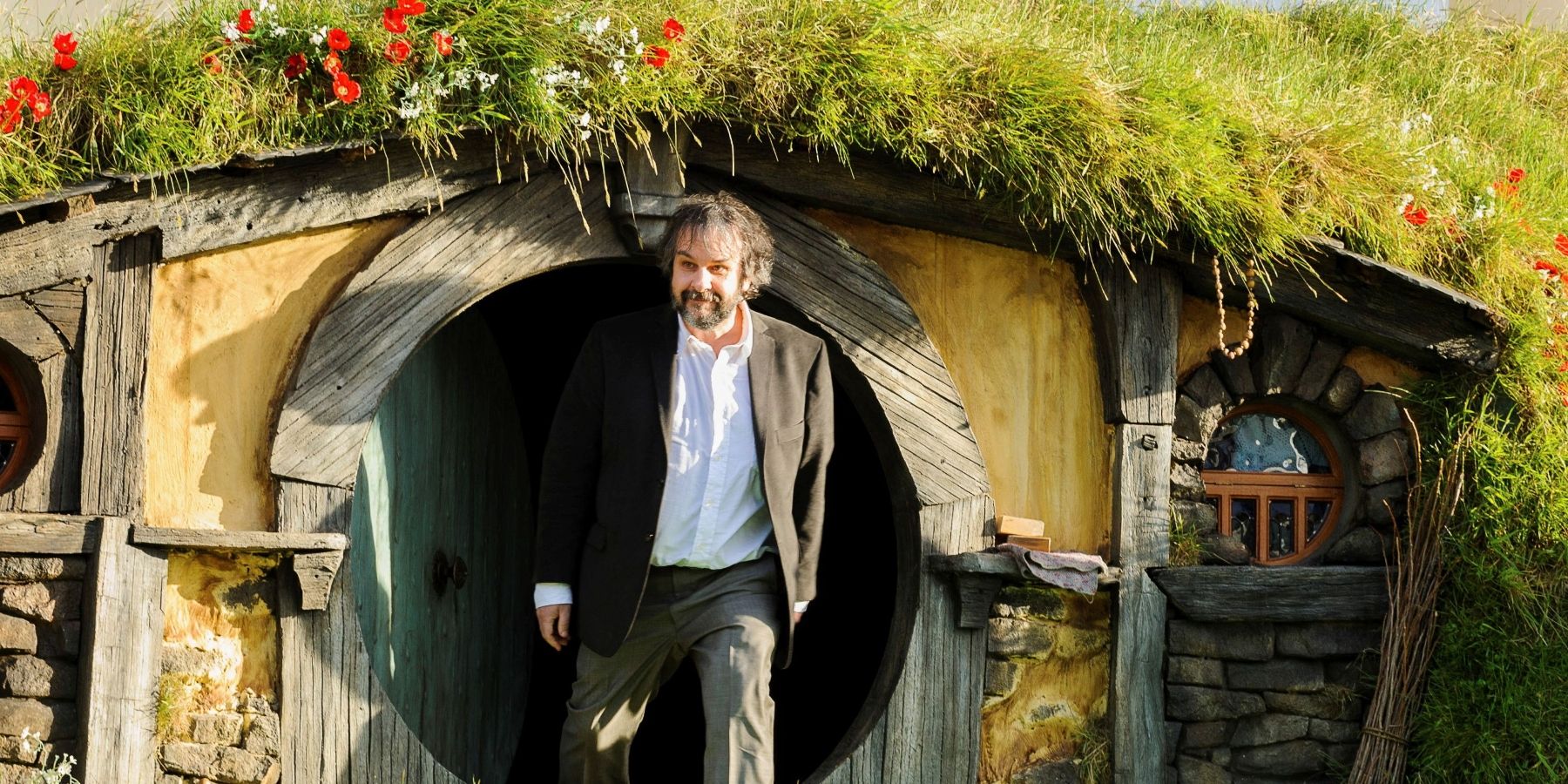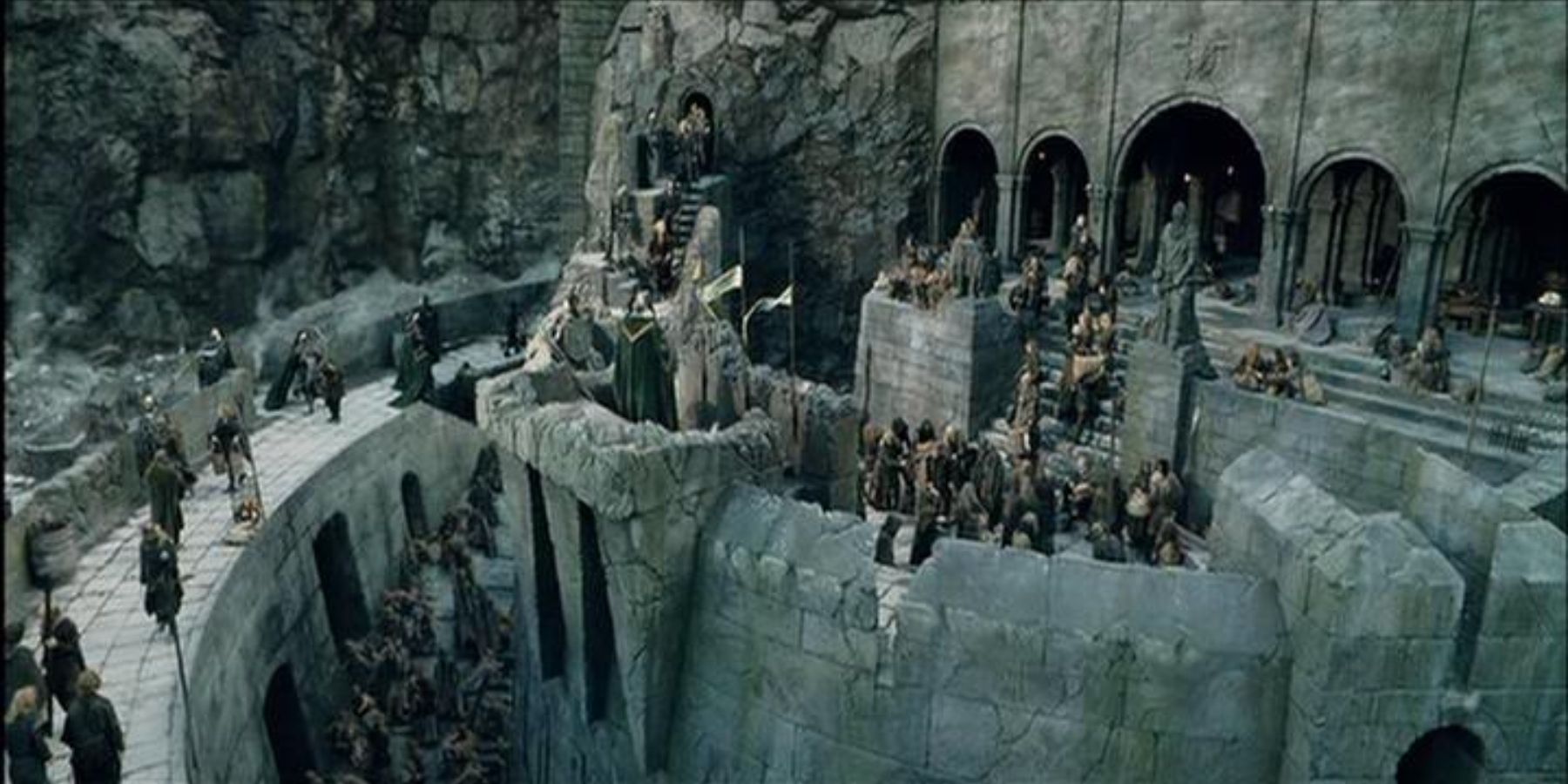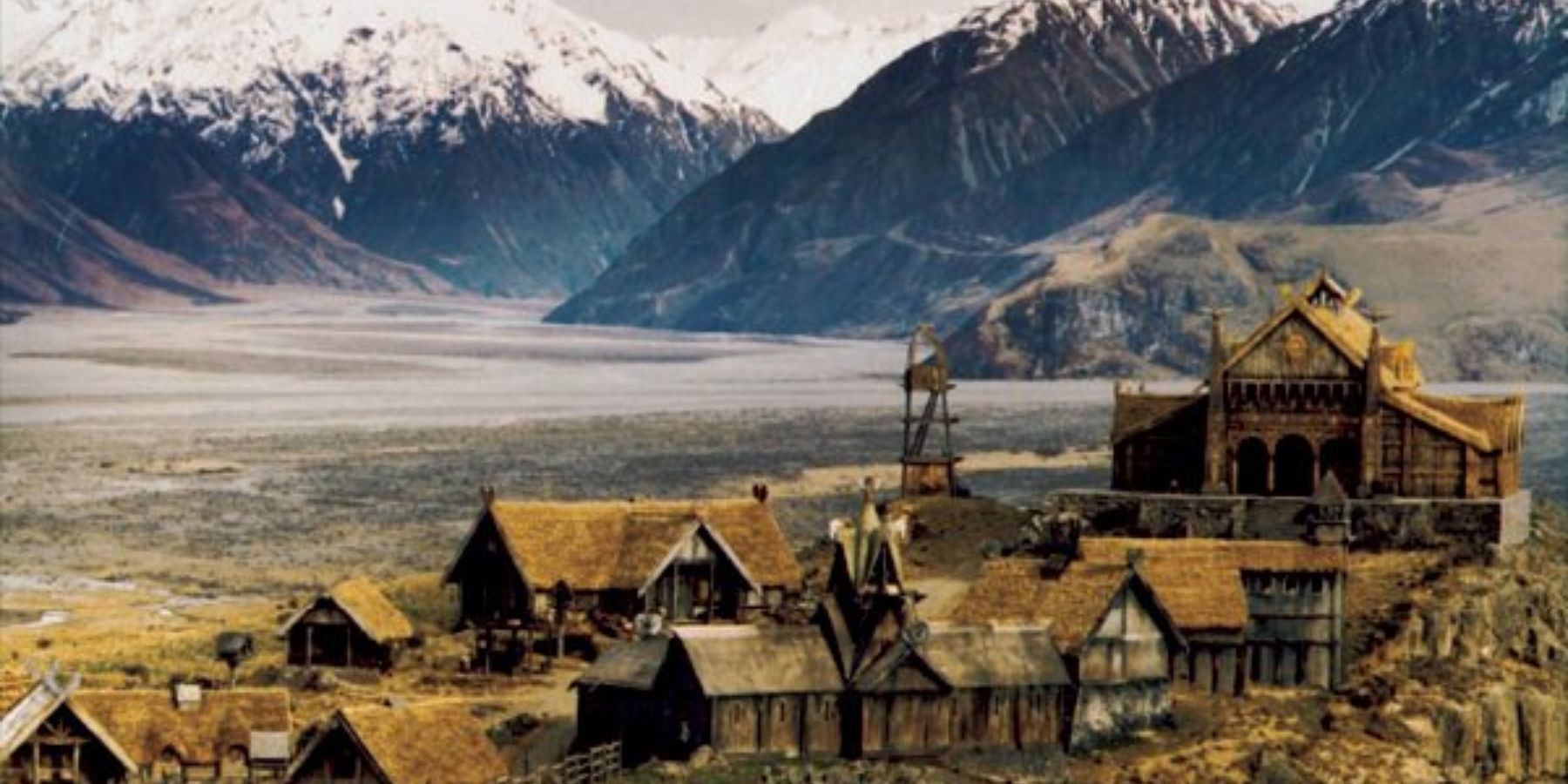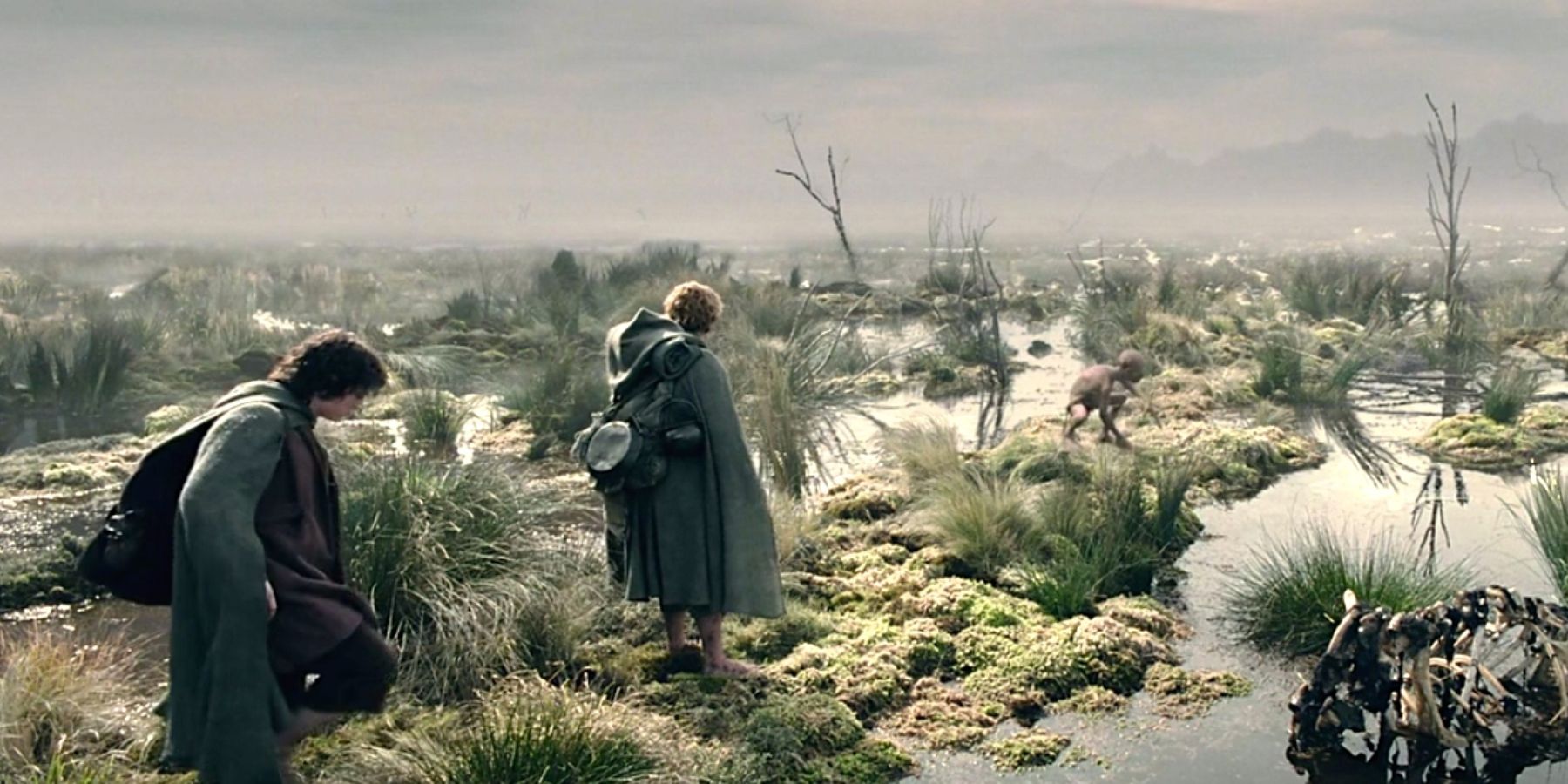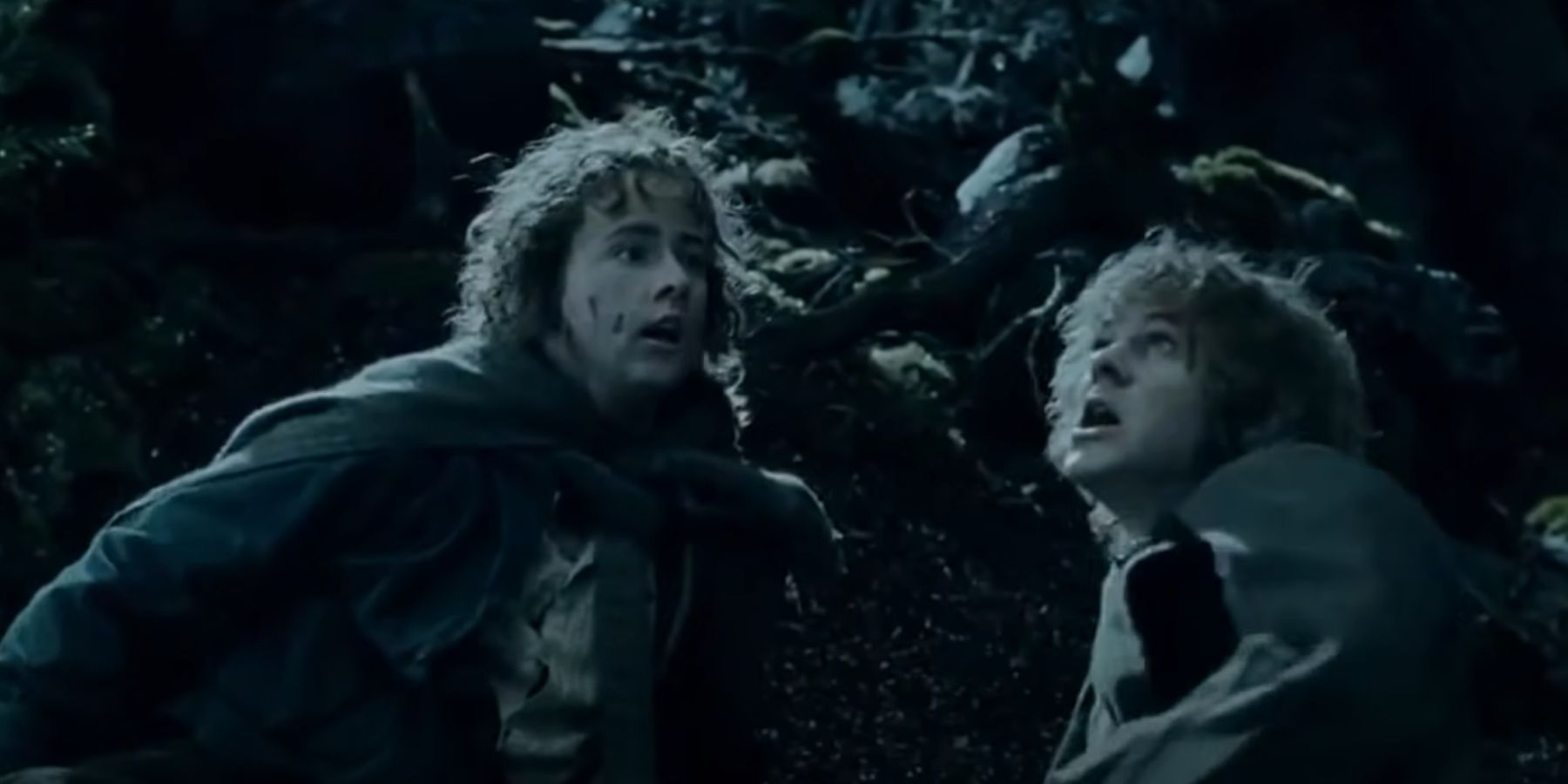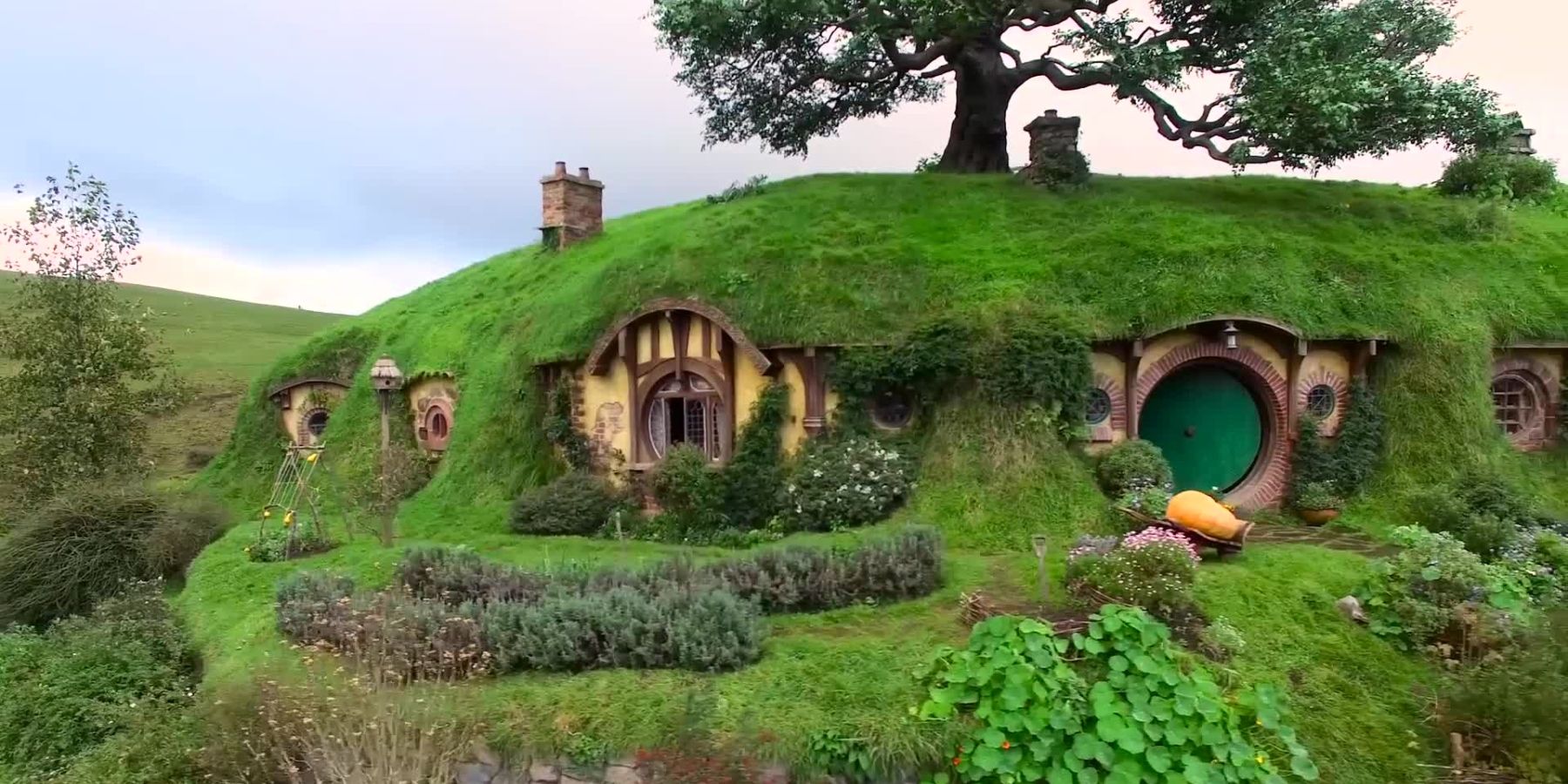When the Lord of the Rings films were first made back in th early 2000s, there wasn’t the same incredible CGI technology that exists nowadays. This meant that all the impressive sets in the films, the ones that truly transported audiences to Middle Earth, had to be made by hand. This is one of the reasons that the trilogy received as many Oscars as it did, and one of the reasons that it still holds up and is so well-loved even now.
Every single thing about the films were made with care and love and detail, to the point where crew members could walk around sets and feel like they had been transported back to Medieval England, or into the deepest darkest depths of an ancient forest. It’s this amazing dedication that makes the films feels so authentic, and has its sets renowned as some of the most remarkable in film-making history.
Helm's Deep
New Zealand doesn’t have the same of architectural past as England, and as such, doesn’t have the same sort of castles or strongholds that date back the several invasions across British history. Therefore, the building of Helm’s Deep was a monumental challenge to bring that archaic, thick stone walled perception into the movies.
The first step was to find a location big enough to house such a huge structure, so the filming team decided to hire a local quarry. This had the advantage of already having some real, natural stonework contained within, which could be used as a base for the set to be built upon. The crew then built Helms Deep in five parts, including the main causeway ramp to the entrance, the stairs carved into the rock itself, the deeping wall (which is blown up by the orc invader) and the horn that Gimli blows to warn of the orcs' arrival. The set was made of wood, stone, and a layer of Styrofoam carved and painted to look like the weathered surface of stone bricks.
Edoras
The hardest part of building Rohan was finding the location. There is very specific description of Rohan in the books, and the filmmakers wanted a setting that would carry the feeling of an ancient settlement, where a sort of regal Viking or Saxon civilization had taken root. The location chosen, Mount Sunday, had incredible 360-degree views, and was in a valley in the mountains. This was complicated because it was a channel for several wind paths, which made filming there very difficult. However, it also created some amazing moments, like the flag flying past Eowyn as she runs away from Grima out into the open air.
The settlement was built originally in metal frames, then covered with a wooden facade. Meduseld, the golden hall, was given a golden thatched roof, a skill that had to be learned by the team as New Zealand doesn’t have a thatching culture. Horse motifs were carved into the walls, as well as rich vibrant colors used to reflect the sunlight of the exterior and give it that glowing feel. The interior was built in Weta Studios, and encompassed intricately carved wooden beams, a hand carved throne for King Theoden, and hand-stitched tapestries with paintings laced over-top.The entire set was dismantled after filming finished, and there’s not a single trace on the landscape that it ever existed.
Dead Marshes
This set was aimed to be filmed on location on a wet plain in New Zealand, but was found to be too unstable to film on. The location that was therefore recreated in the parking lot next to a railway line. Set designers used 11,000 sand bags surrounding a wet set, which were covered with mosses, weeds, and other wetland flora to disguise them, and created the pathway that Frodo and Sam are led down by Gollum. Gas tubes were then funneled throughout the set, and were lit on fire to create the small flickering flames that make the scene so eerie.
The entire background of the scene is a painting that has been digitally imposed on a green-screen behind the physical set, and then went one step further in making mannequins of the dead elves in the water. These were made entirely of silicone, clothed in elven armor representative of the Second Age, and then submerged in the water to make the terrible dead faces that lure Frodo in and nearly drown him.
Fangorn
Home to the Ents, the famous tree-herders of Middle Earth, Fangorn Forest is possibly one of the most creative sets of the bunch. The crew searched for ages for a real forest, but none of the woodlands of New Zealand felt dark enough, like the creepy twisted woodlands of England that are associated with fairytales. Forests are particularly difficult to film in, because there is no way to regulate the light, so the crew decided to make the set indoors, increasing its gloomy and oppressive atmosphere.
Trees were made using a combination of driftwood and old dry branches that already had a gnarled, organic shape, and mirrored these for both the roots and the tops of the trees. Set builders would even sometimes find large fallen trunks on the beach, cut them apart, and then reassemble them around large steel beams in the studio. The trees were only around half height, due to constraints of the ceiling in the workshop, but even so, the crew reported that it was possible to get lost in the forest, and completely forget that they were indoors at all. To top it all off, the creators took dry leaves and moss from nearby botanic gardens and sprinkled them around to give Fangorn that authentic wet earthy smell so often found in woodlands.
Hobbiton
Probably the most iconic set of all, The Shire was built across several acres of New Zealand farming land. The first step was to carve the pathways surrounding things like the party tree, the Green Dragon Inn, and Bag End itself. Then little hills were built up to act as the mounds beneath which the hobbit holes would be built. The crew sewed grass over them to make them blend in with the surrounding landscapes, and created the wooden fronts of the hobbit holes. They added in all manner of things to the landscape, such as trees made of wire and leaves, cobbled paths, market stools, and the tiny, hobbit sides tables, chairs and beehives that are seen dotted around this idyllic home.
The inside of the hobbit sets, like Edoras, were filmed in the Weta Studios. Here, two versions of the sets were made: one miniature sized, for Gandalf to act in and look bigger, and one large sized, for the hobbits to act in to make them look smaller.

